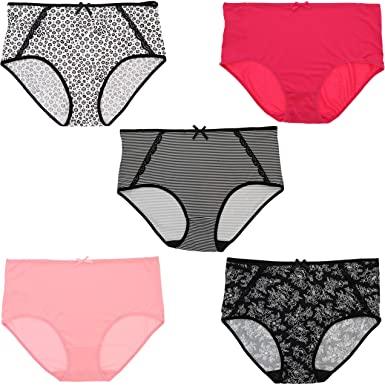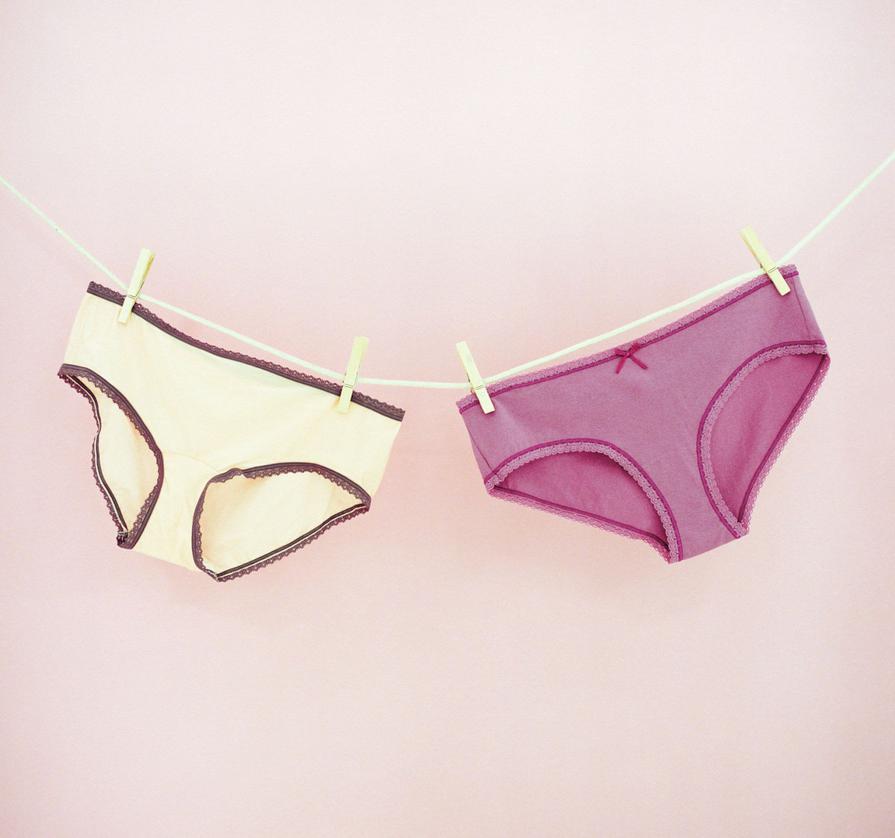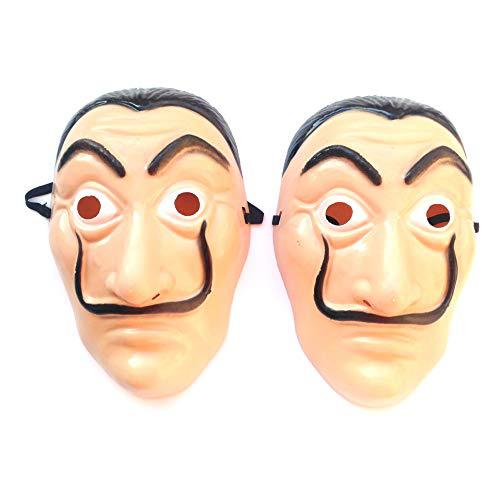LUISA IDIOATE
Bodices, bustiers, corsets, crinolines, bustles, panties, garter belts and thongs. They are the protagonists of the show Desvestidos: a brief history of underwear that the Victoria&Albert Museum in London is offering until March 12, 2017, analyzing its evolution from the 18th century to today and its reflection of customs, roles social and sexual, moral norms and technological innovation. Lingerie has been and is a mirror of society and a tool with varied results, depending on its quality and visibility and who manages it. It has been used as a symbol of power, status, wealth, bravery, sensuality, modesty, liberation and provocation. Initially it was exclusive to men and prostitutes. Until the 17th century, culottes were exclusive to men. The fight to wear them was a female fight for equality, the same as the burning of bras carried out by feminists in 1969 and the pectoral bandage with which some women of the Roman Empire simulated androgyny because masculinity enjoyed greater privileges.
The V&A dives into two hundred undergarments from the past three centuries, the oldest dating to 1740. Among them are the muslin bloomers of the mother of Queen Victoria of England, from 1810, and a cotton panty. 1950 that raises the buttocks and was designed for homosexuals, although it later triumphed among women. Specific garments for sports, pregnancy and lactation are exhibited. The evolution of men's underpants is covered: from the long ones to the current ones, going through the Y-front of 1950 that could seem like a modern piece. Corsets abound. One from 1890, found in Whitby (England), made with whalebone rods and wool, shows that this piece penetrated even the humblest strata. Another one from 1770 draws more attention, designed to model an unthinkable 45 centimeter waist; next to him, some X-rays visualize his devastating bodily effects: spinal deviation, diaphragm crushing, organ displacement
In the exhibition there is no shortage of contemporary and masculine Calvin Klein lingerie turned into outerwear by standing out from the pants with his name on the elastic. The idea is not new. In the Renaissance, people already showed the shirt through the stratagli or stabbed, some tears or openings in the suits that revealed the undergarment, creating vivid color contrasts. The fashion was introduced in the Cinquecento by the lanzichenecchi or servants of the land, a mercenary troop of German origin famous for their daring who wore these cracks on their uniforms. They are the same ones that Marguerite d'Angouleme wears in her dress in a portrait signed by Jean Clouet from 1530.
Silk Bars
The corset imprisoned women for more than three centuries. In the 16th century, they were rodged in front and, in the 17th century, they were tied with cords over the solar plexus until the body could stand. A hundred years later they were adjusted from behind, which required the help of the service. To solve this dependency, the lazy corset was born: thanks to its ingenious mechanism, the owner attached it to the body alone. There were pieces of authentic engineering that mixed whalebones, reinforcements, brocades and silks. They were made by tailors, who were given the necessary strength to sew the rigid structures and fabrics. They decided the appearance, the posture and the final discomfort of the women, and they had full access to their privacy in taking measurements and tests, which gave rise to jokes and ridicule of all kinds. This will be one of the reasons why, from 1675, seamstresses are granted a license to make corsets: it is no longer acceptable for women to be dressed by the opposite sex. In 1782, seamstresses were able to work without restrictions and took over women's clothing while tailors focused on men's.
The French Revolution of 1789 abolishes the corselette, a symbol of aristocracy, which Napoleon calls "the murderer of the human race." Freedom is imposed, in life and clothing. The Merveilleuses appear, revolutionary women with fine suits, close to the body, semi-transparent and without a bra. With the Directory, empire-waisted dresses triumph, loose, flowing and with a cut under the bust, reminiscent of the diaphanous sensuality of Greek and Roman classicism. But many do not give up the rush. Victorian ladies of the 19th century are only considered decently dressed if they wear a corset, with which many others enhance their beauty by incorporating fillers. The Industrial Revolution democratizes fashion and popularizes the corset: any woman can have one. It is also worn by men to look handsome on special occasions, to play sports and for medical reasons; dandies were regular users.

Bye-bye, corset
In 1917, the United States entered World War I and asked women to remove their corsets and use their metal to make weapons. 28,000 tons of steel for combat aircraft are obtained. They take over the jobs of the men on the front lines. They are hard jobs that require freedom of movement. The bustier is mortally wounded. It disappears from the women's closet. But not quite.
Cathie Jung lives in Connecticut (USA), is 79 years old and has the smallest waist in the world (38 centimeters) because she has worn a corset for 25 years, day and night. She entered the Guinness Book in 2011. She replaced Ethel Granger, who died in 1982 with a waist of 32.5 centimeters. That of his male counterpart, Mark Pullin (South Africa, 1962), nicknamed Mr. Pearl, is 46 centimeters. She achieves this thanks to the corset she wears and has also made for couturiers such as Jean Paul Gaultier, Thierry Mugler, John Galliano, Alexander McQueen, Christian Lacroix and Vivienne Westwood, and which Dita Von Teece uses in her performances.
Today, lingerie is above all big business: it moves 22,000 million euros a year. And it also reflects the current era. There are mobile applications that indicate the user the ideal bra size and model and where to find it. Others offer to 3D print a custom bra for around $100. A bare-chested panorama must be submitted in advance for the design; that information is stored in the cloud and the company ensures to guarantee confidentiality.
Sexist panties
It is not possible to specify with certainty when underwear was born. It is known that the pharaohs already used a linen diaper like the one found in 1922 in Tuntankhamun's grave goods (14th century BC). It was exclusive to the male. Women were considered inferior, and only high-level courtesans could wear it. On the contrary, in Greece male beauty in the nude prevailed and men did not wear breeches, which were attributes of heroes. For this reason, in the Iliad, Homer says that Achilles and his myrmidons protect their genitals in combat with a kind of jockstrap. The first bra known to date is not worn by a woman either, but by the goddess of snakes, a statue from 1700 BC found in Crete. It is a wide belt that tightens the waist and raises the chest without covering it. According to Greek mythology, Hera received one from the goddess of love Aphrodite and with it she seduced Zeus.
In the Roman Empire, personal hygiene was a concern and the use of undergarments was imposed. Under the tunic, the men wore a long garment called the subucula and the subligaculum, a loincloth popularized by gladiators in the circus as shown in the Libyan Zliten mosaic (2nd century). The Romans held and enhanced the breasts with the mamillare or fascia pectoralis, a band of fine fabric, and the strophium, a soft leather ribbon. At the bottom they wore shorts. It can be seen in the mosaic of the girls in bikinis, from Villa Casale (3rd and 4th centuries), Sicily, where eight young people in a top and a culotte practice different sports. The Roman patricians preferred to adjust the bust with a gold or silver net, while other females of the Empire crushed it with a strap; The former thus identified their status and the latter deliberately masculinized their appearance, because femininity limited opportunities.
In the Middle Ages, religion imposed extreme austerity and modesty. The intimate clothing manifests it. She is strong, chaste, sober and Spartan. In the female wedding trousseau, there are camisoles with an opening to allow sex and hinder pleasure. This is how the historian and anthropologist Tim Labert analyzes it. «The Church considered the human body as something sinful that had to be hidden; for this reason, the licentious garments of the Romans were replaced by full-length nightgowns that the women wore under the dress ». They completed the outfit with knee-high leggings, just like the men; but they did not wear their breeches, which will be forbidden to them until the 17th century. The reason? The doctors believed it necessary to protect the male genitalia from dust and dirt, and to aerate the female ones to prevent them from rotting due to their "natural humidity".
Wide waist, veined
Catherine de' Medici, wife of King Henry II of France, imposes the corset on her ladies in 1540. The girdle maintains the upright posture, flattens the chest, and narrows the waist by 12 to 32 centimeters. The queen does not want wide waists at court, she forbids them. The garment is embellished in front. It is uncomfortable and painful. The monarch also imposes the underwear. He demands it from the members of his entourage, to ride a horse; without it, mount falls could be compromised. Thus ends the women's fight for the use of panties, which, paradoxically, ended up being turned into a feminine garment. But first it triggered an avalanche of opinions, for and against. "The honest woman does not wear shorts," said Honoré Balzac. Something that refutes an advertising poster from 1830 that proclaims: "He who wears the culotte rules the house." More expediently, the writer George Sand dressed as a man.
In the 17th century, the corselette was as popular as it was controversial. It is synonymous with class, distinction and elegance. Doctors warn that these suffocating bustiers deform the vertebrae, displace the kidney, and cause fainting and miscarriages. But instead of disappearing, they become more sophisticated and sensual. They are so seductive that the Gourgandine model, fashionable in 1694, has baptized low-life women in France ever since. The bodice ties were essential. The invention of the steel eyelet was an unprecedented technological advance; with them, he adjusted more and without regard. New fabrics were created to make it, which made it more adaptable, resistant and attractive to users. In the 19th century, he is the king of lingerie. The lovers wear it showy; the wives, modest. Until 1900, women did not get rid of it, physically and metaphorically speaking.
In 1906, the decline of the corset began. Sheltered from feminist movements and medical complaints about its harmful consequences for health, the dressmaker Paul Poiret imposes a new feminine, natural and high-waisted silhouette, which says goodbye to oppressions and rods. Shortly after, the bra or brassier appears. There are doubts about his invention. Some point to the Frenchman Philippe de Brassiere, from whom he would have taken his name; others point to the French feminist Herminie Cadolle, who in 1889 divided the corselette into two pieces and created the well-being that astonished for its freedom of movement. But the glory goes to the American Mary Phelps. The wealthy New York heiress was upset that the bustier peeked out of her neckline and ruined her party dress. Guided by her French waitress, she made a crude bra out of two silk scarves and some ribbons. He received so many orders from his friends that he patented the invention in 1914 and manufactured it under the Caresse Crosby brand. Marketing failed him and he failed. He sold the patent to the Warner Corset Company, which earned $15 million from it. But the invention was already old. Specialists from the University of Innsbruck found a 15th-century bra in the Lengherg castle in Tyrol in 2012.
Trends

